The cover of this type of battery is sealed with a sealing glue, which needs to be placed in a steamer to evaporate until the seal is gelatinized, and then can be removed or blown by a hot air blower until the glue is dissolved. Be careful not to blow the plastic case of the battery evenly. A battery, a device that converts chemical energy into electrical energy is called a chemical battery, and is generally referred to as a battery. After discharge, the internal active material can be regenerated by charging - storing electrical energy as chemical energy; and converting chemical energy into electrical energy when discharging is required. Such a battery is called a storage battery, which is also called a secondary battery. The so-called battery is an electrical chemical device that stores chemical energy and discharges electric energy when necessary. The maintenance-free battery has the characteristics of low price, convenient carrying and large capacity. It has been applied in many aspects such as emergency lights, flashlights, UPS power supplies, motorcycles, electric bicycles and electric tricycles. However, if used improperly, it will cause damage to the battery and even scrap. In fact, as long as proper repairs are made, the capacity of most batteries can be restored to a certain extent. 1 Maintenance-free battery (hereinafter referred to as battery) basically does not generate air bubbles during charging, and it can save maintenance work such as acid addition in the sealed state. However, it is impossible to completely generate no gas during the charging and discharging process of the battery. In order to release the gas, the battery cannot be completely sealed. Open the plastic cover on the upper part of the battery and you can see that each small battery has a filling hole on the rubber cap. The moisture of the battery can be evaporated through the rubber cap. Even if the battery is not used, the water will evaporate, causing the battery capacity to drop. In severe cases, the battery will dry up and cannot be charged or discharged. For this kind of battery, as long as distilled water or purified water is added to the battery, and then several charge and discharge cycles are performed, most of the capacity of the battery can be recovered. Example: A 12V7.2Ah battery, the use time is not long, after charging to 14V, discharge, short-circuit current is only more than 300 mA. Uncovering the upper cover, the liquid is almost dry, injecting distilled water and charging and discharging twice, the capacity is restored to 84%, and it can work normally. 2 When the battery is discharged, the sulfuric acid concentration and specific gravity of the electrolyte decrease, and after complete discharge, the specific gravity at 15 ° C drops to 1.11. Generally, the specific gravity increases when charging, and the proportion after fully charged in summer is 1.25~1.26, and in winter it is 1.27~1.28. Since the battery is in a sealed state, it can only be judged whether the battery has been charged or discharged after the battery is used. When the 6V and 12V batteries are fully charged, the voltages are 6.8V~7V and 13.6V~14V respectively. When fully discharged, the voltages of the 6V and 12V batteries are 5.3V and 10.6V, respectively. If the battery is over-discharged or is in a semi-discharge state for a long time, the battery will be vulcanized. The vulcanized battery cannot be removed by adding distilled water and conventional charging. Only when the concentration of sulfuric acid in the electrolyte is relatively low, the vulcanization can be eliminated. (1) If the battery is not vulcanized, the capacity is not reduced much, and the battery can be charged for a long time with a small current (0.05A or less). (2) If the vulcanization of the battery is serious, it can be charged to the highest voltage (6V battery charged to 7V, 12V battery charged to 14V), the electrolyte in the battery is withdrawn by a syringe, and then distilled water is injected to dilute the electrolyte. After charging for 1 to 2 hours, the electrolyte is extracted and distilled water is injected, and the above operation is repeated until the specific gravity of the extracted electrolyte is no longer significantly increased (generally 2 to 3 times). At this time, try to extract the electrolyte, and then inject sulfuric acid with a specific gravity of 1.25~1.28 according to the ambient temperature, and then fully charge the electricity and check the specific gravity of the electro-hydraulic. If the specific gravity is small, the electrolyte can be extracted again and sulfuric acid can be injected to make the specific gravity of the electrolyte reach the standard. Note that the electrolyte injected into the battery should not be too much. When the sponge-like substance in the battery is filled with the electrolyte, the excess electrolyte is extracted and the repair work is completed. Example: A Sony BP60 3Ah battery is a power supply for 3/4-inch cameras in the 1980s, and the battery is severely vulcanized. After repairing by the above method, the capacity was restored to 2.2 Ah. 4 Some battery bridges or batteries have broken the external lead wires (in most cases, the lead wires of the positive and negative poles are broken), and the battery will not work. The changed battery can only be repaired if the broken part is found. Using the above method of injecting copper, use a multimeter to find a battery with an abnormal voltage or a small output current, and the breaking point is on the battery. After finding it, open a hole in the plastic cover at the break. The size of the hole can be welded to the break with a soldering iron. It should not be too large. After welding, the connection is normal, the open hole is closed with plastic or epoxy resin, and then revived by the above method, the battery can be put back into work. 5 If there is a short circuit fault inside the battery, the short circuit point can be burned off with a low voltage and a large current. If the active substance falls off (expressed as a brown substance in the extracted electrolyte), the battery life is over and the battery does not have to be repaired. However, if only one or two of the battery life ends, the two batteries can be shorted, and the remaining batteries can continue to be used as lower voltage batteries. 1 Impurities (especially iron ions) are very harmful to the battery, which will cause the battery to self-discharge and shorten its life. Therefore, attention should be paid to the purity when injecting sulfuric acid and water. 2 Hydrometer is an indispensable tool for repairing batteries, but commercially available hydrometers require more electrolyte and are difficult to use. The author made a miniature simple hydrometer with the gel pen of the gel pen and the pen cap of the ballpoint pen: put the hydrometer in pure water, and record the position of the hydrometer on the water surface, which is the scale position with a specific gravity of 1.00; Put in a known concentration (available in a battery store or repair shop to buy dilute sulfuric acid, please ask them to accurately measure the specific gravity of sulfuric acid, such as 1.28), record the hydrometer in the liquid level; The length of the specific gravity of 1.00~1.28 is engraved on the paper, and the scale of 1.00~1.28 is equally divided into 28, and the hydrometer is made. 1U Patch Cord Rear,1U Patch Panel,1U Fiber Patch Panel,1U Patch Cord Rear Axle Huizhou Fibercan Industrial Co.Ltd , https://www.fibercannetworks.com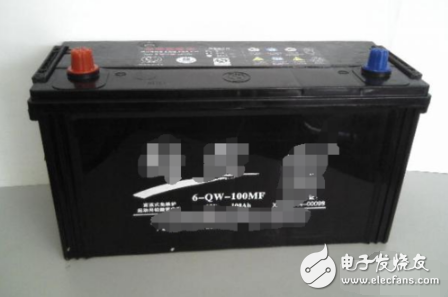
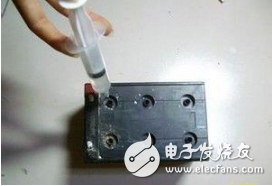
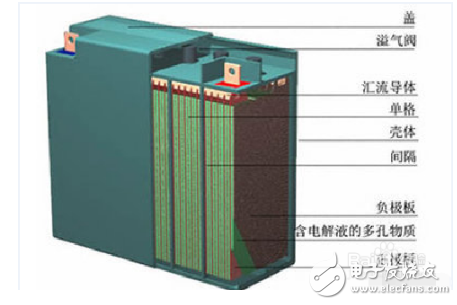
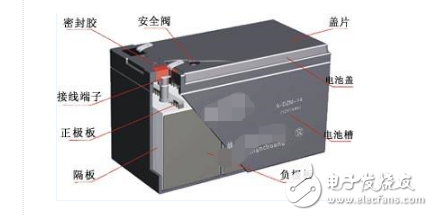
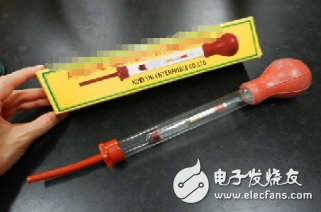
Maintenance-free lead-acid battery disassembly and repair
How to remove lead-acid batteries